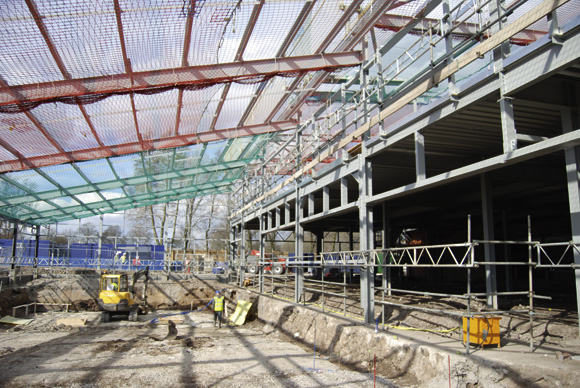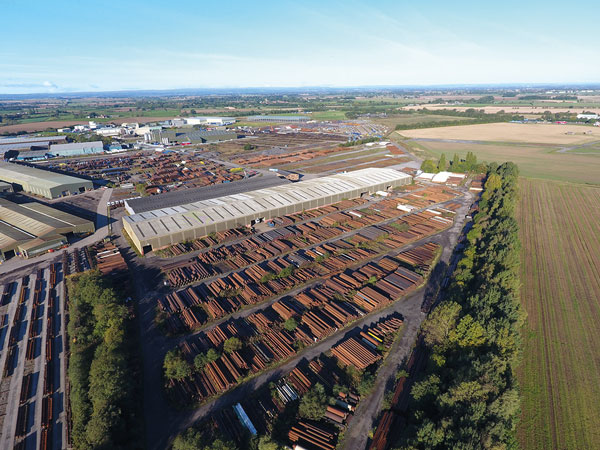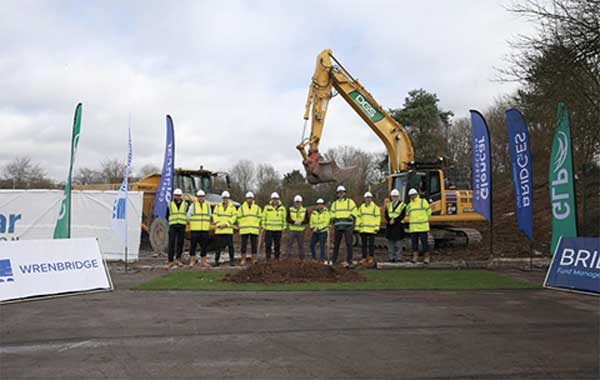News
President’s Column, June 2021
The combined effect of a COVID lockdown and a typical British winter and spring have been very trying mentally for all employees. We can all see that creeping into the workplace, as we all seem to suffer with low moods from time to time. I heard a statistic the other day where it is estimated that 41% of the workforce are currently looking for another job. It’s clear that recruitment agency staff have now returned from furlough and are hungry for fees.
It’s also clear now that austerity is a thing of the past for most western governments, as they have embarked on large infrastructure spends. This additional spend, on top of contracts that were delayed due to COVID has caused a mini boom. Economists are predicting that this boom will last for about 12 months before we see normal patterns of workload returning.
I’m sure you don’t need me to tell you that the supply chain for steelwork contractors is strained at best, availability of materials is very worrying, and the escalating costs have demolished any hope of making profits on hard won contracts secured with “old” material prices. With many having a lean period during COVID, followed by a mini boom, with large increases in material prices combined with the recent “reverse VAT” tax grab, there will be pressures on cashflow.
I don’t know of anybody who wants British Steel, or any other important supplier to the industry to lose money year on year. We all understand that steel material prices were far too low, but it is the vast increase in material costs over such a short time duration that has caused havoc in the industry. In normal times, steelwork contractors and their supply chains enjoy a close relationship. However, at the moment this normal close relationship is being tested like never before.
Although steel price increases always attract the most attention in the construction press, all materials seem to have suffered similar shortages, which has driven up their prices to a similar extent. The conversation today is not about whether a building will be a steel or concrete frame, but more of whether that contract will actually go ahead or be delayed until market conditions stabilise. There is a school of thought that the current level of steel pricing is the new norm, and the industry as a whole will need to adapt. Time will tell.
On a more positive note, the BCSA has issued its new Steel Construction Sustainability Charter, which builds on the work done back in 2005 when it was originally published. The BCSA has also held a webinar to help its member steelwork contractors apply for membership of the Charter and guide them through the process of the gap analysis and audit. The recording is available online. Some members will have a few questions and BCSA staff are there to help.
The BCSA is also active by way of a number of committees that are working on our behalf to educate the wider industry on the credentials of steel as a sustainable material. Currently, in the order of 95% to 99% of steel is recycled at the end of its life. There are also initiatives underway to use steel to repurpose buildings whilst in situ and some steel may be reused for new buildings. So, despite the current turbulence, steel construction has a sustainable future.
Mark Denham
BCSA President













